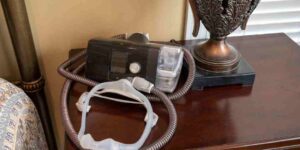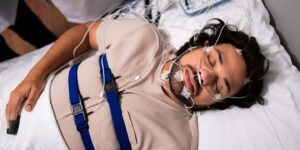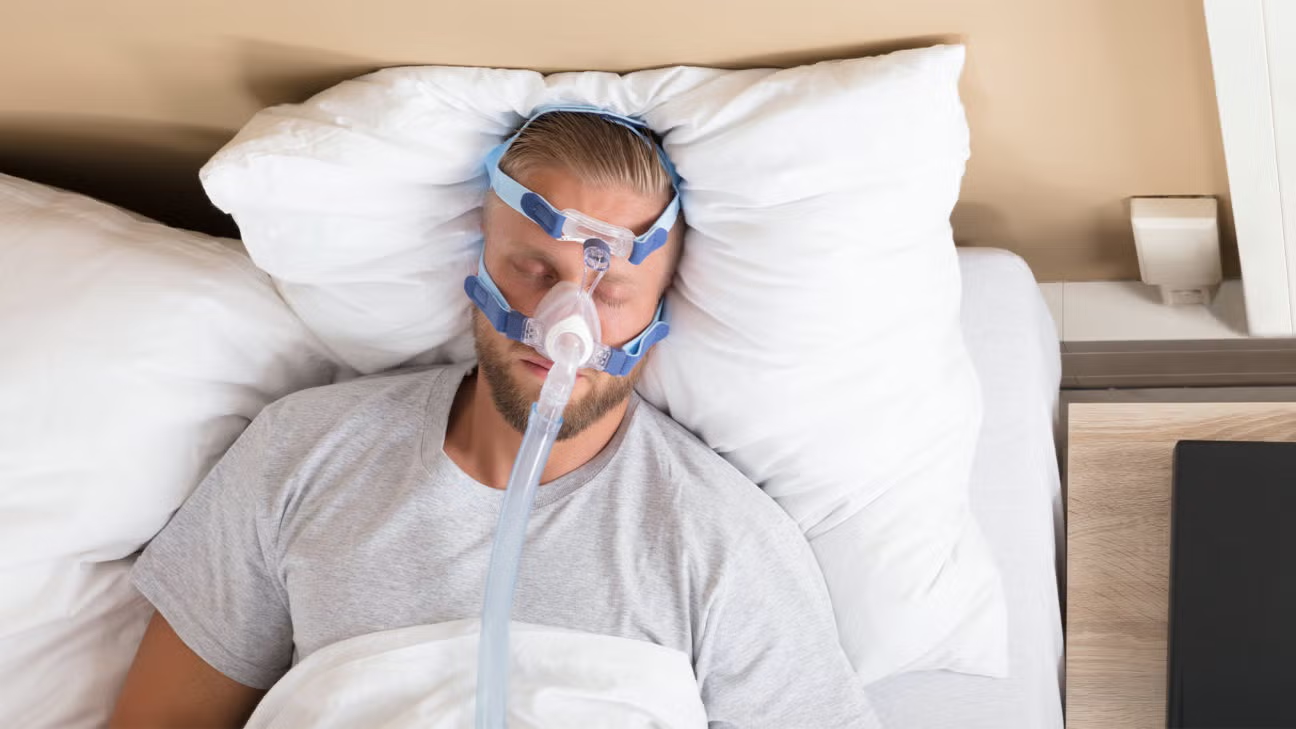
The Evolution of Sleep Apnea Machines: How Technology is Transforming the Way We Treat Sleep Disorders
May 15 2023 CPAP Machine cpap machine cpap machines sleep apnea machine Sleep Apnea MachinesSleep apnea is a common yet serious medical condition that affects a significant portion of the population. Individuals with sleep apnea experience interruptions in their breathing patterns during sleep, which can lead to a host of health issues such as high blood pressure, heart disease, and stroke. Fortunately, technology has revolutionized the way we treat this condition, making it easier than ever to manage and control. Let’s dive into the history of sleep apnea treatment and explore breakthroughs that have made modern machines more effective and efficient.
Understanding Sleep Apnea and Its Impact on Health
Before we can discuss the advancements in sleep apnea machine, it is important to understand the condition itself. Sleep apnea is a common sleep disorder that affects millions of people worldwide. It occurs when the muscles at the back of the throat fail to keep the airway open during sleep, causing brief pauses in breathing. These pauses can last for a few seconds to a few minutes and can occur multiple times throughout the night. This condition can result in drastic drops in oxygen levels and disruptions to sleep.
Over time, untreated sleep apnea can lead to a range of health problems, including high blood pressure, heart disease, and an increased risk of stroke. This is because the pauses in breathing can cause the body to release stress hormones, which can increase blood pressure and strain the cardiovascular system. Additionally, the disruptions to sleep can lead to daytime fatigue and drowsiness, which can increase the risk of accidents and injuries.
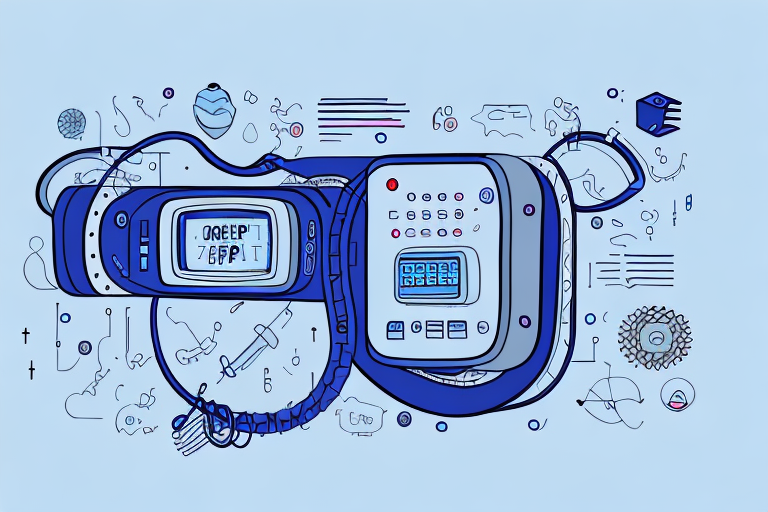
What is Sleep Apnea?
There are two major types of sleep apnea: obstructive sleep apnea and central sleep apnea. Obstructive sleep apnea is the more common of the two and occurs when the airway becomes blocked during sleep. This blockage can be caused by various factors, including obesity, enlarged tonsils, or a narrow airway. Central sleep apnea, on the other hand, occurs when the brain fails to signal the muscles to breathe properly. This can be caused by medical conditions, such as heart failure or stroke.
Both types of sleep apnea can have serious consequences and require proper treatment. In addition to obstructive and central sleep apnea, there is also a third type known as complex sleep apnea syndrome, which is a combination of the two.
Types of Sleep Apnea
There are many factors that can contribute to sleep apnea, including age, weight, and genetics. Sleep apnea is also more common in men than women. In fact, men are twice as likely to develop sleep apnea than women. Other risk factors include smoking, alcohol use, and nasal congestion.
A person’s type of sleep apnea can be diagnosed through a sleep study or overnight oximetry test, which measures blood oxygen level throughout the night. During a sleep study, various factors are monitored including airflow, oxygen levels, and brain waves. The data collected during the study is used to diagnose the type and severity of sleep apnea, as well as develop an appropriate treatment plan.
Symptoms and Health Risks Associated with Sleep Apnea
Symptoms of sleep apnea can include snoring, gasping for air during sleep, and waking up feeling tired or unrefreshed. However, some people with sleep apnea may not experience any symptoms at all. This is why it is important to undergo a sleep study if you think you may have sleep apnea.
If left untreated, sleep apnea can lead to serious health complications, including high blood pressure, heart disease, and stroke. It can also impact a person’s mental health, leading to irritability, depression, and anxiety. In children, sleep apnea can cause developmental delays and behavioral problems.

Treatment Options for Sleep Apnea
The most common treatment for sleep apnea is continuous positive airway pressure (CPAP) therapy. This involves wearing a mask over the nose and/or mouth during sleep, which delivers a continuous stream of air to keep the airway open. Other treatment options include oral appliances, which are custom-made devices that help keep the airway open, and surgery, which may be necessary in severe cases of sleep apnea.
Lifestyle changes can also help manage sleep apnea, such as losing weight, quitting smoking, and avoiding alcohol and sedatives before bedtime. It is important to work with a healthcare professional to determine the best treatment plan for your individual needs.
In conclusion, sleep apnea is a serious sleep disorder that can have a significant impact on a person’s health and quality of life. However, with proper diagnosis and treatment, it is possible to manage sleep apnea and improve overall health and well-being.
The History of Sleep Apnea Treatment
The first recorded instance of sleep apnea treatment occurred in ancient Egypt, where individuals with the condition were instructed to sleep on their stomachs to help keep the airway open. This was a simple but effective method that is still used today. In fact, studies have shown that sleeping on your stomach can help reduce the severity of sleep apnea by keeping the airway open and reducing the risk of obstruction.
Over time, other treatments such as weight loss and upper airway surgery became popular. Weight loss can help reduce the amount of tissue in the throat that may be contributing to the obstruction, while surgery can help remove excess tissue or reposition the jaw to open up the airway. However, these early treatments had limited success rates and were often impractical for long-term use.
Early Treatments and Limitations
The first device designed specifically to treat sleep apnea was the Continuous Positive Airway Pressure (CPAP) machine, which was developed in 1980 by Dr. Colin Sullivan. The CPAP machine, which uses air pressure to keep the airways open, was a significant improvement over previous methods but still had limitations. The early machines were large, noisy, and cumbersome, making it difficult for patients to use them for extended periods.
The Emergence of CPAP Machines
Despite these limitations, the development of CPAP marked a turning point in sleep apnea treatment. With the help of advancements in technology, CPAP machines became smaller, quieter, and more comfortable to use. These improvements made it possible for patients to use the machines for longer periods, helping to manage their condition more effectively.
Another benefit of CPAP machines is that they can be customized to meet the specific needs of each patient. For example, some patients may require higher pressure settings, while others may benefit from a ramp feature that gradually increases the pressure over a period of time.
Advancements in CPAP Technology
As technology continued to evolve, so did CPAP machines. New features such as heated humidification and automatic pressure adjustment were introduced, making the machines even more comfortable and effective. Heated humidification helps prevent dryness and irritation in the airway, while automatic pressure adjustment ensures that the machine is always delivering the right amount of pressure to keep the airway open.
Pressure ramps were also added to gradually increase the pressure, making it easier for patients to tolerate the machine. The introduction of portable machines made it possible for patients to travel with their CPAP, ensuring that they could manage their condition even when away from home.
Overall, the history of sleep apnea treatment has been marked by significant advancements in technology and understanding of the condition. Today, there are a variety of treatment options available, including CPAP machines, oral appliances, and surgery. With the right treatment and management, individuals with sleep apnea can achieve better sleep and improve their overall health and quality of life.
Modern Sleep Apnea Machines and Their Features
The latest generation of sleep apnea machines incorporates new technology that allows for even more efficient and effective treatment. One of the most significant advancements is the development of auto-adjusting CPAP machines, which use algorithms to adjust the pressure settings based on the patient’s breathing patterns.
Auto-Adjusting CPAP Machines
These machines continuously monitor a patient’s breathing throughout the night, making automatic adjustments to the air pressure as needed to keep the airway open. This allows patients to receive the optimal treatment without needing to manually adjust the settings themselves. Newer models are also equipped with additional features such as sleep tracking and personalized coaching, making it easier for patients to monitor their progress and stay on track with their treatment plan.
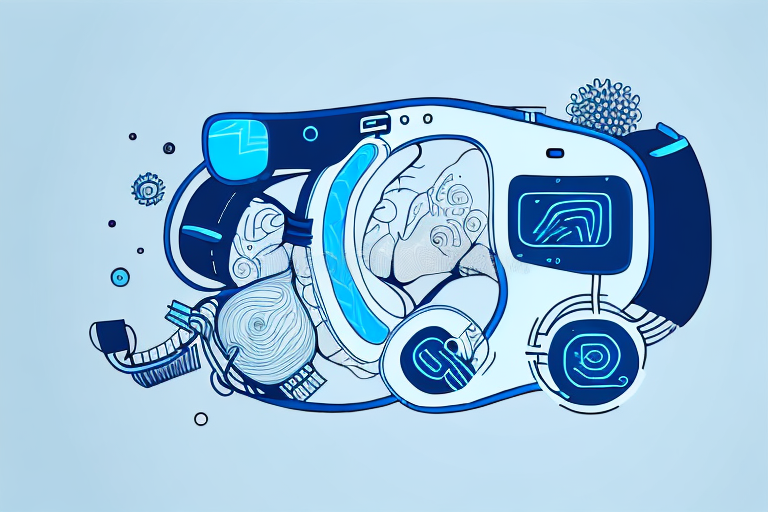
BiPAP and ASV Machines
Another type of machine that is becoming more commonly used is the Bi-level Positive Airway Pressure (BiPAP) machine. These machines are designed for patients who have difficulty tolerating the constant high pressure of CPAP machines. They offer a lower pressure option during exhalation, which can make the treatment more comfortable for patients. Adaptive Servo-Ventilation (ASV) machines are also available, which offer variable pressure support based on the patient’s unique breathing patterns.
Travel-Friendly Devices
For patients who need to travel, there are now several travel-friendly devices available that are compact and easy to transport. These machines are ideal for use on airplanes, in hotels, or other locations outside of the home.
Smart Technology Integration
The latest machines also incorporate smart technology, allowing patients to monitor their treatment progress and data remotely. The machines can connect to an app on a patient’s smartphone, allowing them to track their breathing patterns and adjust their treatment plan as needed.
The Role of Data and Analytics in Sleep Apnea Treatment
Another major advancement in sleep apnea treatment is the use of data and analytics to improve treatment outcomes.
Monitoring Sleep Patterns and Treatment Efficacy
CPAP machines and other sleep apnea devices now collect a wealth of data on patients’ sleep patterns and treatment efficacy. This data can be used to monitor a patient’s progress over time, providing healthcare providers with insights into the effectiveness of their treatment plan. Patients can also use this data to track their own progress and make adjustments to their sleep habits to improve their overall health and wellbeing.
Personalized Treatment Plans
Using this data, healthcare providers can develop personalized treatment plans for patients, taking into account their unique needs and sleep patterns. This allows for more targeted and effective treatment, improving outcomes for patients with sleep apnea.
The Future of Sleep Apnea Treatment: Predictive Analytics and AI
Looking ahead, the use of predictive analytics and artificial intelligence is expected to play an even more significant role in sleep apnea treatment. These technologies can help identify patient groups that are most at risk for sleep apnea, as well as predict which patients are likely to experience complications or require additional treatment. With these advancements, healthcare providers will be able to provide even more targeted and effective treatment, improving outcomes for patients with sleep apnea.
Conclusion
The evolution of sleep apnea machines is a powerful example of how technology is transforming the way we treat medical conditions. With advancements such as auto-adjusting CPAP machines, travel-friendly devices, and smart technology integration, patients with sleep apnea have more options than ever before for managing their condition. As technology continues to improve, we can expect even more targeted and effective treatments for sleep apnea and other medical conditions.
Other resources: The ResMed AirSense 10 vs. Its Competitors: How Does It Stack Up Against Other Top CPAP Machines?
